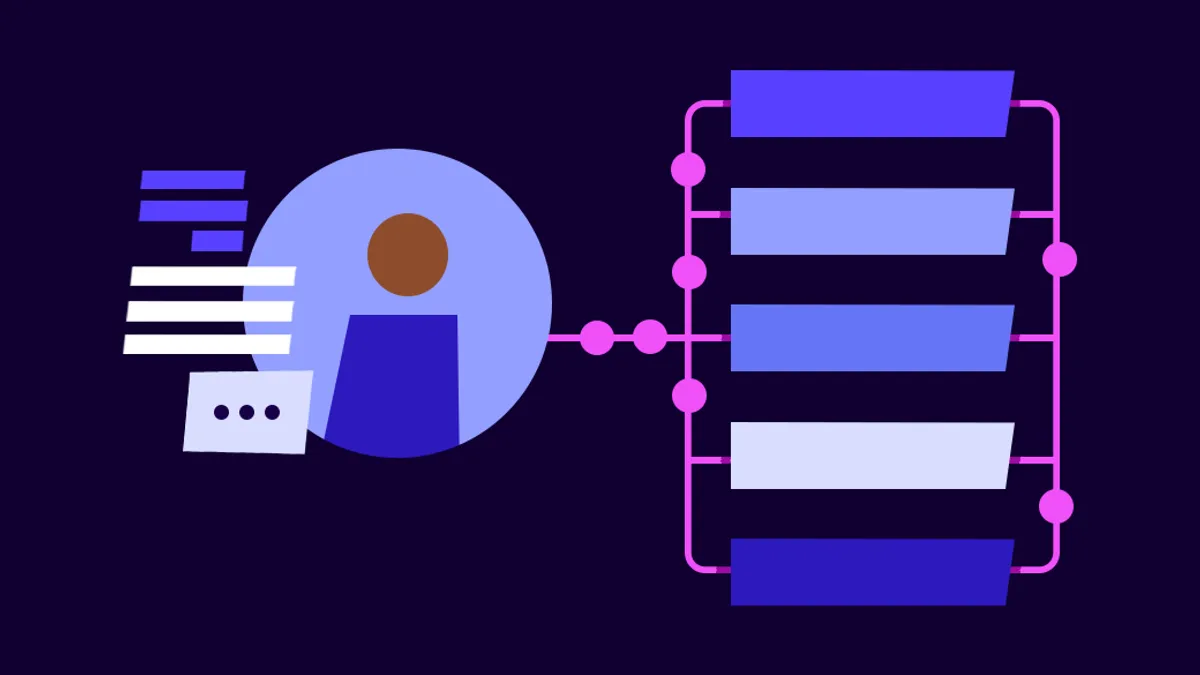As electrification becomes a leading decarbonization strategy, utilities must make significant investments into clean generation technologies and their grids. Those investments are poised to add up fast. But they can’t just be fast, they must also be lean — just enough to serve demand cleanly, but not so much that electricity gets priced out as a climate solution.
We need investment efficiency more than ever. In the past, as utilities built their grids from scratch and unlocked early efficiencies, the traditional “build, build, build” model worked well. By capturing early economies of scale, rates stayed relatively flat, even as investments compounded. Today, things are different. Customers are still paying off prior utility investments, leaving less bill headroom for new ones. What’s more, new electrification loads (namely, EVs and heat pumps) are decentralized, variable and low-visibility to grid operators, making them difficult to plan for. This introduces the risk that today’s grid investments may eventually prove unnecessary – an outcome that electrification can’t afford.
Across the country, utilities are investing in new technologies (e.g. AMI 2.0, DERMS) to proactively direct new electrification loads to precise times and locations where the grid can cheaply serve them — all in pursuit of achieving meaningful electrification-era investment efficiency. But before these new tools can deliver results, utilities must first reinvigorate an existing yet underappreciated one: their customer IT stack.
Why the Customer IT Stack?
Efficiently managing electrification demands precision across various utility operations, from customer engagement to price signaling to grid planning. While these processes appear independent, they rely on a shared piece of technology: the customer IT stack. Generically, the customer IT stack communicates with customers, stores customer data, and executes bills. As the digital interface between a utility and customers, it’s a foundational tool to manage the grid edge.
Consider this example: Utility X procures a new Distributed Energy Resources Management System (DERMS) to run a managed EV-charging program. On paper, the DERMS will optimize customer charging around network constraints to avoid upgrades. In practice, this will require a modern customer IT stack.
But how does load management implicate the customer IT stack? To identify EV customers served by specific constrained lines, Utility X must first perform advanced querying within its customer information database. Next, it will have to send those customers targeted enrollment materials. Once customers start participating, they’ll need to transact the value of their performance with the utility. This will require a billing system that can support new billing configurations that match the DERMS’ optimization logic. Finally, to ensure investment planning accounts for the demand reductions delivered by the program, Utility X will have to verify its load forecasts against participant data, which lives in the customer IT stack.
Modernizing the Customer IT Stack
As illustrated above, the success of advanced utility planning and system management hinges on advanced customer IT infrastructure. But most customer IT is not up to the challenge. Many utilities still use IT systems built over 60 years ago, whose legacy architecture consists of over-customization, fragile integrations, and data silos (which often require expensive manual processes to manipulate the data and derive useful insights). As new business needs arose, bespoke widgets were “bolted” onto these legacy systems, making them increasingly fragile and difficult to reconfigure. Many of the seemingly “modern” customer IT solutions being procured today still rely on that same architecture, albeit with newer bells and whistles.
It doesn’t have to be that way. Technology providers like Kraken have emerged to deliver future-proofed IT solutions ready for the energy transition. Kraken’s customer IT architecture features a single data model and pre-integrated technology stack. All of the functions performed by the technology (billing, meter data management, customer communications) are executed by a single code base, making change easy, fast, and inexpensive to implement.
Consider this example from Octopus Energy UK (OEUK), the UK’s largest electricity retailer and a Kraken software customer. Using Kraken’s technology, OEUK was able to implement 100+ new rates and products in one year, including Intelligent Octopus Go (a real-time EV charging tariff). Today, 120,000 customers with 700+ MW of charging demand have enrolled on the tariff. Outwardly, OEUK aggregates this demand and sells it into the market, delivering value to the grid and earning revenue for participants. Behind the scenes, Kraken transacts over 100 million daily meter readings and seamlessly manages customer enrollment and billing.
By marrying modern design with customer-centricity, companies like Kraken are enabling a new wave of utility IT innovation. With electrification at stake, it’s time utilities invest in modern IT that’s up to the challenge










